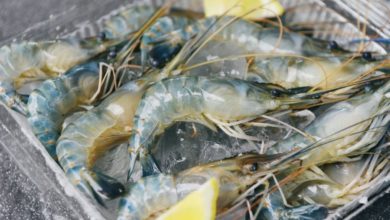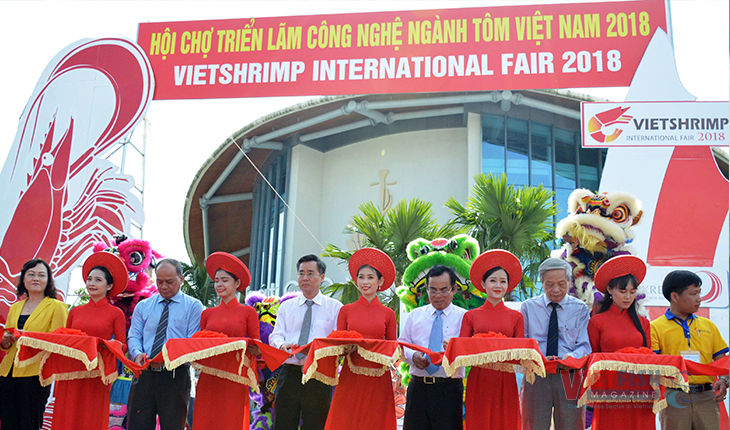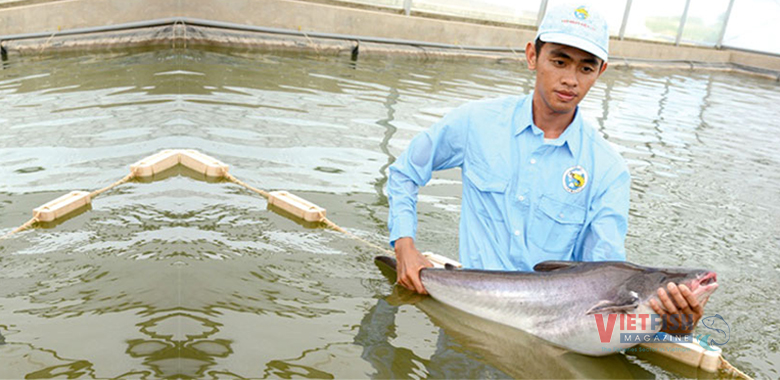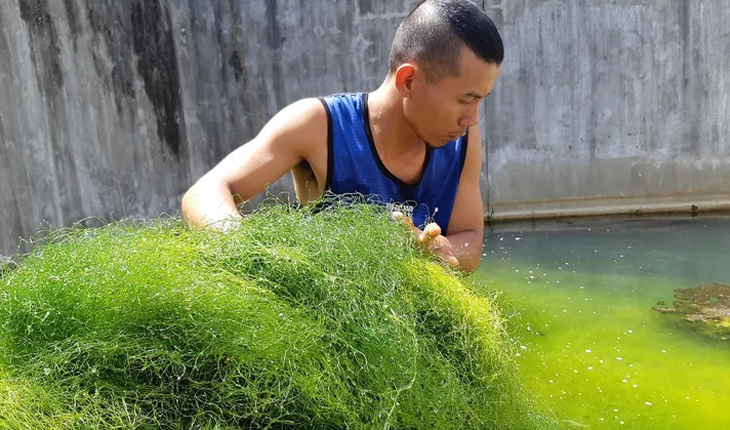Bình Thuận: Low consumption of commercial shrimp
Bình Thuận’s aquaculture has been stabilized; however, the COVID-19 pandemic has attributed a low consumption of commercial shrimp.
Since earlier this year, the province’s aquaculture has been stabilized, according to the department of Agriculture and Rural development. However, the impact of the coronavirus outbreak has resulted in a low consumption of commercial shrimp. Likewise, the fall in prices of commercial shrimp has made farmers reduce their farming capacity and stocking.
The seafood output has reached 6,670 tons so far, over the scheduled output of 13,200 tons this year, down 3.3% from last year.
On the other hand, the shrimp production in the province is facing difficulties in low consumption, price plunge, production facilities being put on hold, and intensive capacity reduction.
Thus, the provincial agricultural industry suggested that professional agencies and units should encourage farmers and companies to develop the aquaculture in combination with processing so as to create high value added products, put the practices of beneficial species in priority, and expand the farming area.
They are also advised to improve the quality control of imported broodstocks and post larvae, tackle the difficult situation to boost the consumption and sustain the credibility of Bình Thuận’s shrimp in the market. The industry sets the target of producing and selling 24.3 billion post larvae in 2020.
VFM






